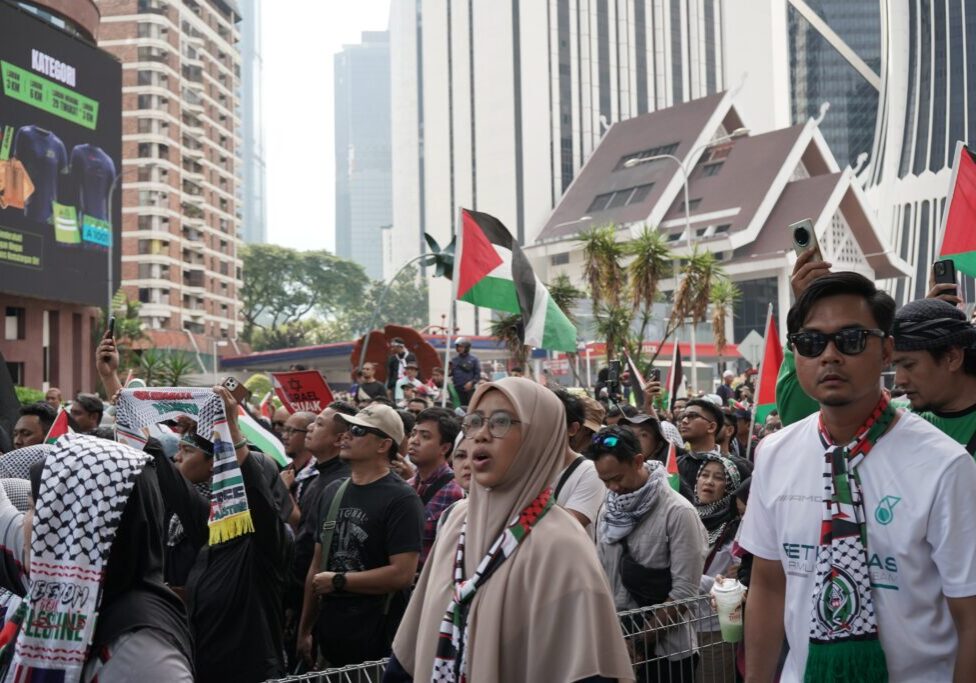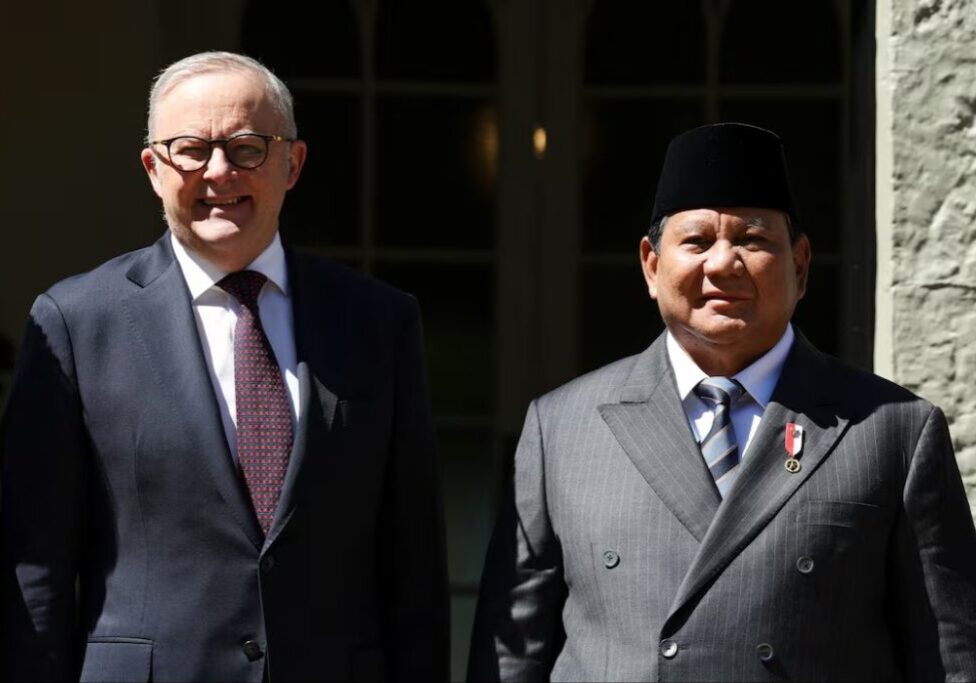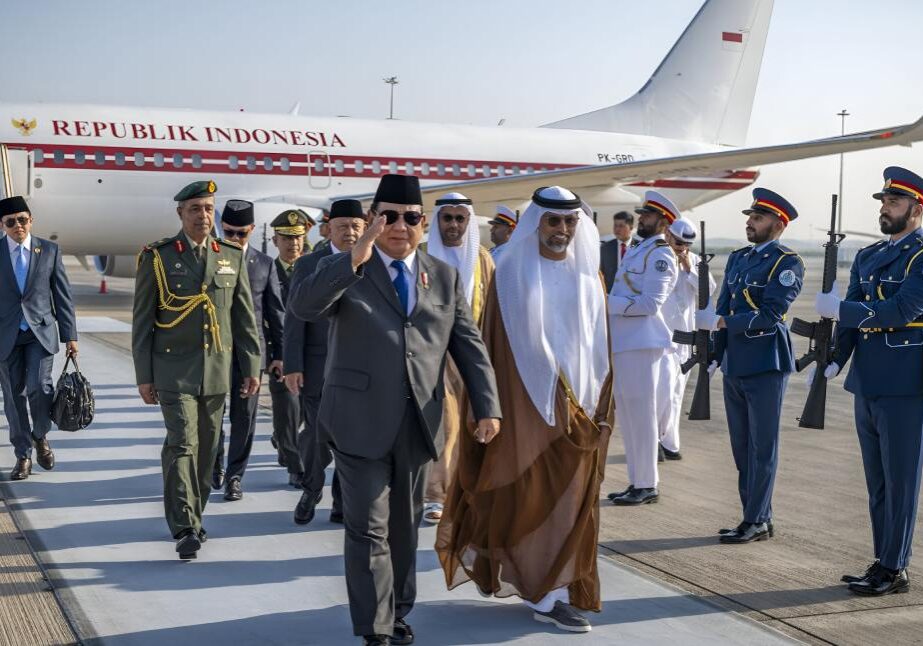Australia/Israel Review
Asia Watch: On the Crest of a Wave?
Feb 8, 2016 | Michael Shannon

Michael Shannon
The explosions that rocked downtown Jakarta in broad daylight on Jan. 14 surprised only those who were unlucky enough to be in the vicinity at that time. There had been hints of what was to come for weeks.
After the coordinated attacks across Paris in November, Bahrun Naim, a former Internet café employee in Solo now based in the ISIS stronghold of Raqqa, published a blog in which he explained to his followers how it was easy to move jihad from “guerrilla warfare” in Indonesia’s equatorial jungles to a city.
Identified by police as the mastermind behind the deadly attack on Jakarta, Bahrun had been on the radar of security officials for years. He was arrested in 2011 for illegal arms possession and jailed for three years, and police say that since then he has emerged as a key player in militant networks that have sprouted around Solo and across Central Java. Then, a year ago, he left for Syria to join the frontlines of Islamic State.
Police eavesdropping on the growing electronic chatter towards the end of 2015 led to the arrest of more than a dozen men across Java who were suspected of planning attacks over the Christmas and New Year holidays. Bomb-making materials, a suicide vest and “jihad manuals” were found during the raids, while some of those rounded up had received funding and support from Bahrun.
While Bahrun himself remains out of reach in Raqqa, he appears to have acquired notional leadership of the entity known as Katibah Nusantara, which translates roughly as “Malay Archipelago Unit for the Islamic State in Iraq and Syria.” While it comprises Bahasa-speaking recruits fighting with Islamic State forces in the Middle East, its network of supporters in their home countries proclaim the ultimate goal of a South East Asian outpost for its global caliphate.
The Jakarta blast has revived the threat formerly posed by Jemaah Islamiyah – a broad jihadist movement across Southeast Asia. Elsewhere, Thailand still faces a separatist Islamic insurgency in its southern provinces, and recent ISIS videos have emerged subtitled in Thai, while in the Philippines a collection of jihadist groups recently announced that they were combining to form an ISIS unit in Mindanao, with the Abu Sayyaf being the most visible group linked to ISIS.
Although it’s arguable that some underground jihadist networks in the region have simply rebranded themselves under the ISIS banner, they have a new generation of leaders and a modus operandi that reflects strides in social media that were barely conceivable a dozen years ago, enabling certain Malaysians and Indonesians fighting in Syria to win large followings.
The number of Indonesian fighters to have joined ISIS in Syria is now estimated between 500 and 700; Malaysia follows with roughly 200 (two Malaysians were said to have blown themselves up last month, killing 33 Kurdish fighters), with an additional 120 arrested before they made it to Syria.
While ISIS-affiliated cells are scattered across South East Asia (a further seven cell members were arrested in a three-day operation carried out across Malaysia on Jan. 22), it appears many are drawing practical instruction and advice from an online 62-page PDF manual circulating among jihadists in the region.
A terrorism expert from International Islamic University of Malaysia, Ahmad El-Muhammady, told The Star that his interviews with militants revealed the existence of the manual, which contains detailed instructions on how ‘lone wolves’ and small terror cells should disguise themselves to remain below the radar of security organisations.
The document is believed to be based on lectures by a senior al-Qaeda intelligence chief but is being widely used by ISIS-affiliated militants. The lectures in Arabic were translated into English by the authors of the guidebook, and there is reportedly a version in Bahasa which had been circulating months before the Jakarta attacks
The manual advises jihadists to dress ordinarily by shaving off their beards, avoiding robes and to stay away from mosques and Islamic libraries.
“Do not look particularly attached to religion. Avoid growing a beard, wearing qamis (robes), using the miswak (traditional toothbrush) and having a booklet of dhikr (religious verses) on you. Wear Western-style clothes and live like the locals do. No need to make yourself special,” it states, advising them to keep their political and religious views to themselves and “only say what people want to hear.”
The nine attackers in Jakarta apparently followed this advice, so much so that they were mistaken for bystanders until they started shooting and throwing grenades.
The one saving grace was that the attack lacked sophistication, the level of indiscriminate firing was not comparable to the attacks in Paris or Istanbul and the death toll was small, largely comprised of the attackers themselves. Such “luck” may not hold next time, for it appears that further attacks are all but guaranteed.






